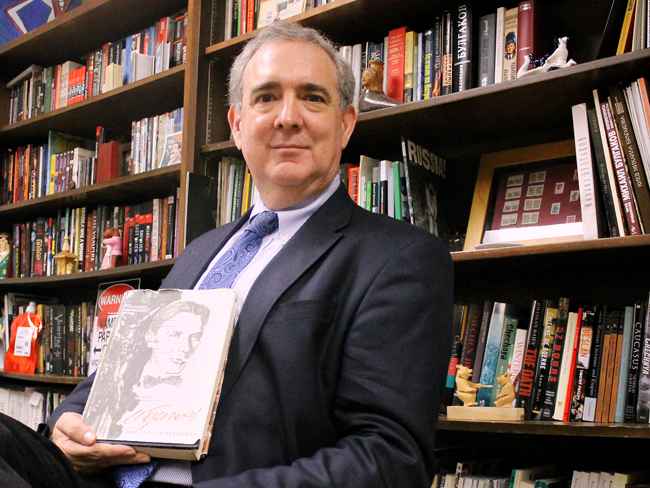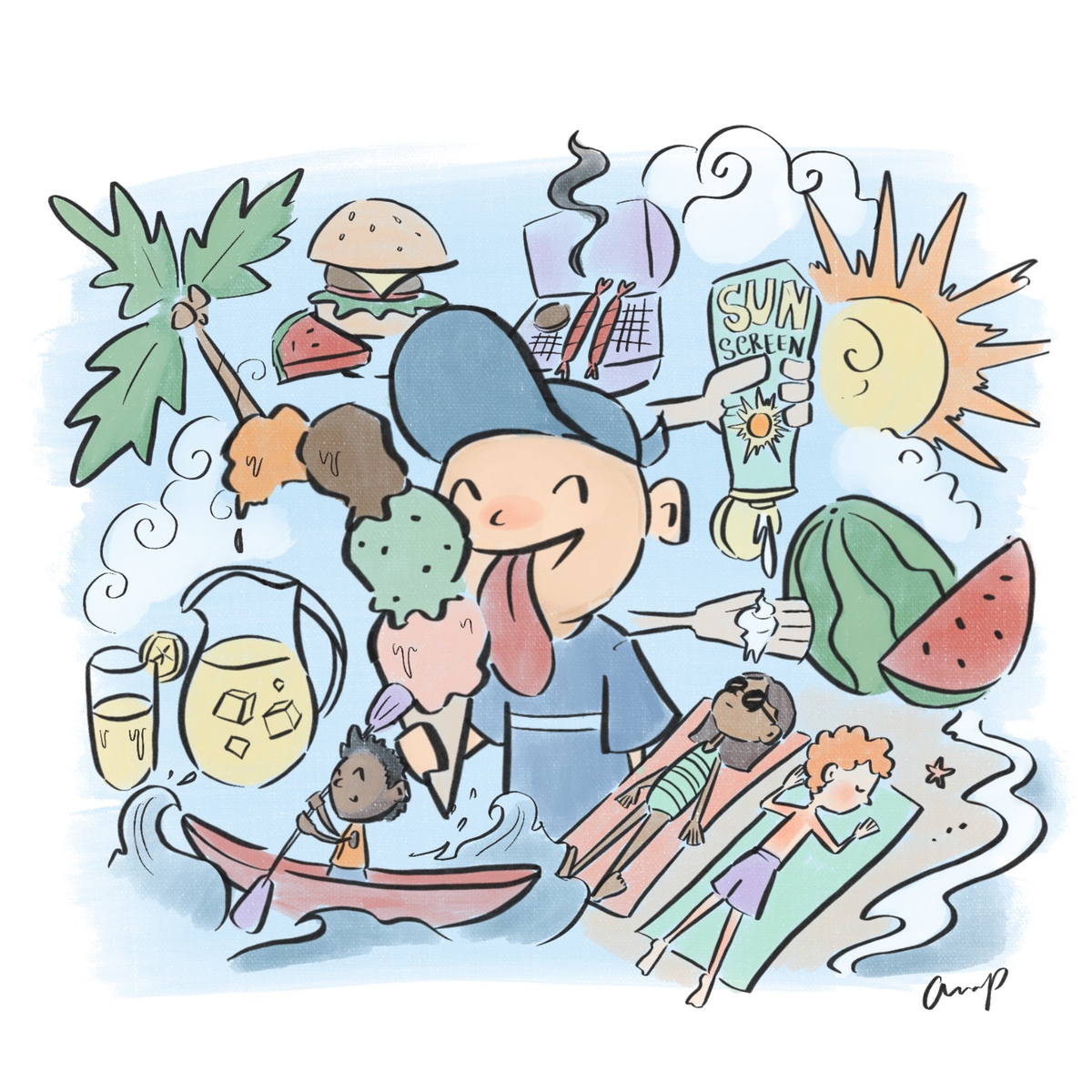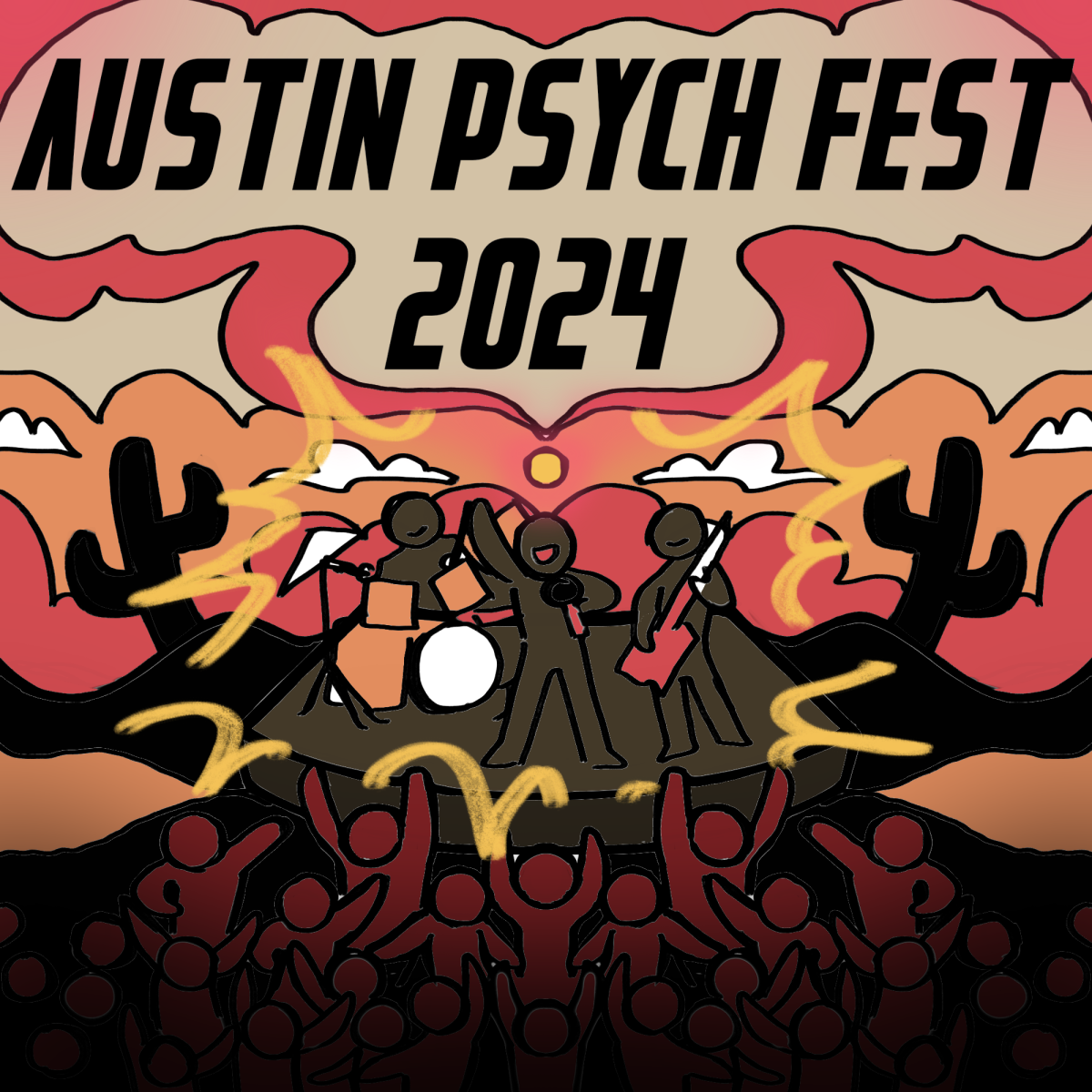Mikhail Bulgakov’s novel, “The Master and Margarita,” is a classic piece of Stalin-era literature that was not published until well after Stalin’s time. It is also Thomas Garza’s, professor in the department of Slavic and Eurasian studies, favorite book.
The Daily Texan talked to Garza about the struggle between good and evil, and rereading his favorite book.
The Daily Texan: For those who haven’t read “The Master and Margarita,” how would you describe it?
Thomas Garza: I see the novel as a classic write-up of the struggle between good and evil. That, to me, is the biggest hook: that good and evil doesn’t go away. You can always kind of build a readership on just that. But more than that, what I love about this novel is its focus on the eternal value of art and literature. That famous line, “Manuscripts don’t burn,” is my favorite line from the entire novel. It tells us that once you’ve thought it, you’ve put it down. You can destroy it in any way you want, and it won’t change the fact that that work of art has been created. It’s still art, because it’s there, somewhere. I love that.
DT: What does “The Master and Margarita” have to say about living now as opposed to the Soviet Union in the Stalin era?
TG: There’s always struggles between good and evil. What I like about the novel that I think is very applicable to 21st century students and their lives is that the struggle doesn’t occur as war, the struggle doesn’t occur as us and them, the struggle is philosophical and ideological. And what I like about it is it encourages us to think about these questions before they turn into hot wars, until they turn into us throwing bombs at each other.
DT: As you’ve reread the novel, how has it changed in your perception?
TG: When I first read it, I must have been 19 and still an undergraduate. When I read it again as part of a grad seminar, it suddenly had many more layers. It essentially changes every time. The ending never changes, the characters never change — but the reading does change. I think it has a lot to do both with what’s happening in one’s personal life, and much more on what’s happening around them — the state of the world. There’s a difference from when I was reading it back in the late ’70s, and reading it in the ’80s and ’90s, and reading it today. I was teaching the novel when 9/11 happened, in fact, and so suddenly good and evil had a very different read for my students.
DT: What makes a book like “The Master and Margarita” stay relevant through the years?
TG: So one, you’ve got good themes — things like good and evil and life and death, and that’s timeless. Second, really important for Bulgakov, is good writing. The writing is super. And third, unforgettable characters. I mean, they’re such a part of Russian culture now that one invokes the black cat the way we would invoke a character like Mickey Mouse. They invoke all of the “Master and Margarita” characters in pop culture in Russia.















